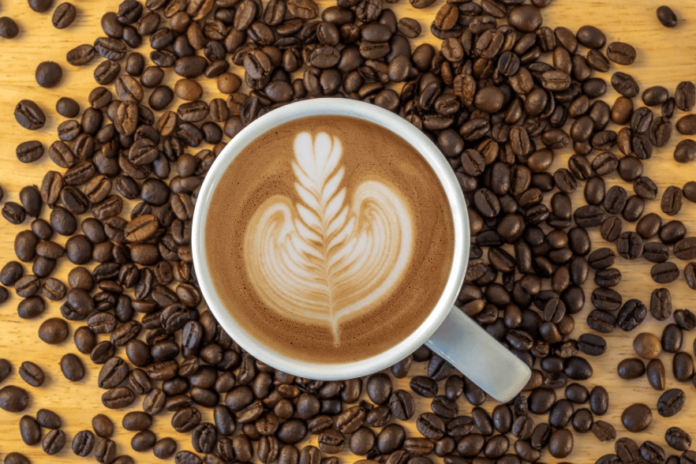Caffeine is a natural stimulant best known for boosting energy, improving focus, and enhancing mood. Found primarily in coffee, it plays a vital role in how energized you feel after your morning brew. But did you know that the caffeine content in coffee can vary dramatically depending on factors like the coffee bean, roast level, and brewing method?
Whether you’re drinking espresso, cold brew, or your go-to latte, here’s everything you need to know about how much caffeine is in your coffee.
☕ What Determines the Caffeine in Coffee?
Several factors influence how much caffeine ends up in your cup:
- Coffee bean type: Robusta beans have nearly twice the caffeine of Arabica beans.
- Roast level: Lighter roasts may retain more caffeine than darker roasts.
- Brewing method: Pressure, water temperature, and brew time all affect caffeine extraction.
- Serving size: A larger cup means more caffeine, even if the concentration is lower.
🔍 Caffeine Content by Coffee Type
Here’s a breakdown of caffeine by coffee type, based on average serving sizes:
Brewed Coffee (Drip or Filter)
- Average caffeine: 70–140 mg per 6 oz (177 mL)
- Most common home and café brew
- Influenced by roast level and bean grind
Espresso
- Average caffeine: 64 mg per 1 oz (30 mL)
- High concentration per ounce
- A double shot can contain up to 128 mg
Cold Brew Coffee
- Caffeine per 12 oz (355 mL): 170–245 mg
- Brewed slowly over 12–24 hours
- Smooth taste, high caffeine content due to long extraction time
Latte
- Typically made with 1–2 shots of espresso and milk
- Caffeine in 12 oz: ~130 mg
- Caffeine in 16 oz: ~173 mg
Instant Coffee
- Caffeine in 6 oz: ~46 mg
- Lower caffeine due to processing
Decaf Coffee
- Caffeine in 6 oz: Less than 3 mg
- Up to 97% of caffeine removed during production
🫘 Arabica vs. Robusta Beans
- Arabica beans: Smoother flavor, less caffeine (~1.2% per bean)
- Robusta beans: Stronger taste, more caffeine (~2.2% per bean)
Robusta is often used in espresso blends for an extra caffeine kick.
🔥 Roast Levels and Caffeine
- Light roast: Retains more caffeine per bean (but beans are denser)
- Medium roast: Balanced flavor and caffeine
- Dark roast: Slightly less caffeine due to prolonged roasting at higher heat
⚙️ Grind Size and Extraction
- Finer grinds (like espresso) extract more caffeine
- Coarser grinds (used in cold brew or French press) extract less, unless steeped longer
☕ Caffeine in Popular Coffee Chains
| Coffee | Serving Size | Caffeine (mg) |
|---|---|---|
| McDonald’s Brewed | 16 oz | 160 mg |
| Starbucks Blonde Roast | 16 oz | 330 mg |
| Starbucks Cappuccino | 16 oz | 150 mg |
| Dunkin’ Brewed | 20 oz | 270 mg |
🌿 Health Benefits of Coffee and Caffeine
Coffee contains over 1,000 bioactive compounds, including antioxidants and anti-inflammatory agents. Potential health benefits include:
- Reduced risk of heart disease, type 2 diabetes, and certain cancers
- Improved mental alertness, mood, and physical performance
- Possible use in migraine treatment
⚠️ How Much Caffeine Is Too Much?
The safe daily caffeine limit for most adults is 400 mg (about 3–4 cups of coffee). For pregnant individuals, the limit is 200 mg per day.
Too much caffeine may cause:
- Jitters or anxiety
- Insomnia
- Increased heart rate
- Digestive issues
- Dizziness or nausea (in extreme doses)
✅ Final Takeaway
Understanding how much caffeine is in your coffee can help you better manage your energy levels, sleep, and overall health. Whether you prefer a strong espresso or a mellow cold brew, knowing the caffeine content in your favorite drink empowers you to make smarter, healthier choices.




